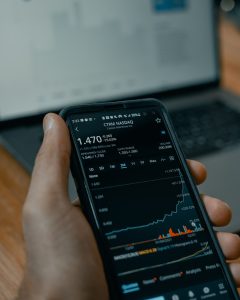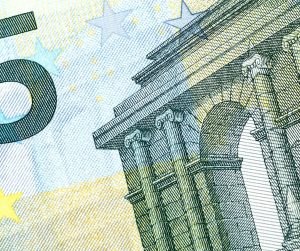The foreign exchange market, commonly known as forex, is a global decentralized market where currencies are traded. Forex trading involves buying and selling currencies with the aim of generating profit. Forex trading requires traders to place an order to buy or sell a currency pair. One of the most common types of orders used in forex trading is the market order.
A market order is an order to buy or sell a currency pair at the current market price. It is executed immediately, as soon as the order is placed. The market price is the current price at which the currency pair is being traded in the forex market. The execution of a market order is guaranteed, but the price at which the order is executed may differ from the price at which the order was placed. The difference between the price at which the order was placed and the price at which it was executed is known as slippage.
Market orders are used by traders who want to enter or exit a trade quickly. Market orders are executed at the best available price at the time the order is placed. This means that the price at which the order is executed may be better or worse than the price at which the trader intended to enter or exit the trade. The price at which the order is executed is determined by the supply and demand in the forex market at the time the order is placed.
Market orders are ideal for traders who want to enter or exit a trade quickly, without waiting for the price to reach a specific level. Market orders are also useful in situations where the trader wants to take advantage of a sudden market movement or news event. For example, if a trader expects a currency to appreciate in value due to a positive news event, they can place a market order to buy the currency pair before the price increases.
There are some risks associated with market orders. The main risk is slippage, which occurs when the price at which the order is executed differs from the price at which the trader intended to enter or exit the trade. Slippage can occur when there is high volatility in the forex market or when there is a sudden increase in trading volume. Slippage can lead to a larger than expected loss or a smaller than expected profit.
Another risk associated with market orders is the possibility of not getting the desired price. This can happen when the forex market is moving too fast, and the price at which the order is executed is significantly different from the current market price. This can result in a loss for the trader.
To minimize the risks associated with market orders, traders can use stop-loss orders and take-profit orders. A stop-loss order is an order that is placed to limit the trader’s loss. The stop-loss order is triggered when the price of the currency pair reaches a specified level. A take-profit order is an order that is placed to lock in the trader’s profit. The take-profit order is triggered when the price of the currency pair reaches a specified level.
In conclusion, a market order is an order to buy or sell a currency pair at the current market price. Market orders are executed immediately, but the price at which the order is executed may differ from the price at which the order was placed, resulting in slippage. Market orders are ideal for traders who want to enter or exit a trade quickly or take advantage of sudden market movements or news events. To minimize the risks associated with market orders, traders can use stop-loss and take-profit orders.






